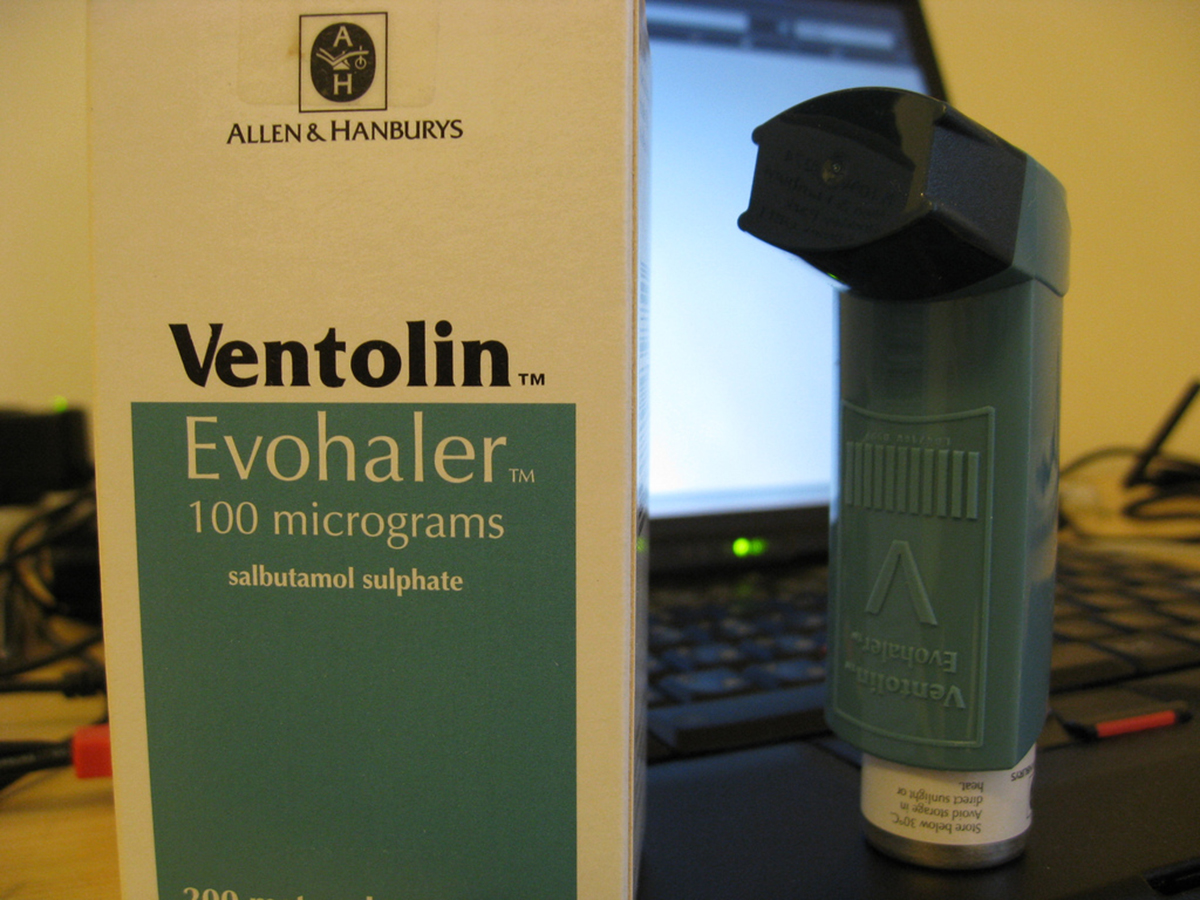Table of Contents
To confirm a diagnosis of asthma, a variety of other tests could be performed and these include:
- Spirometry: This test is performed to estimate the narrowing of the bronchial tubes by checking how much air a person can exhale after a deep breath and how fast it can be breathed out.
- Peak flow test: A peak flow meter is a simple device that measures how hard a person can exhale. Lower than peak flow measurements are a sign that a person’s lungs may not be working as well as they should be and that maybe their asthma is getting worse. A doctor will advise an individual on how to track and monitor peak flow measurements.

Medications and Treatment
The key to living a quality life with asthma is to prevent attacks before they happen through prevention and long-term control. Treating asthma usually involves learning to recognize triggers, taking steps to avoid these triggers and keeping track of one’s breathing to make sure daily asthma medications are working properly for symptom control. In case of an asthma attack or flare-up, a person needs to carry a rescue inhaler with them at all times.
Long-term asthma controlling drugs will reduce inflammation in the airways that can lead to a flare-up or full blown asthma attack. Quick acting inhalers or bronchodilators are responsible for opening the airways and helping to improve breathing. Some of the other medications a person may be given for asthma includes:
- Inhaled corticosteroids
- Long-acting beta agonists
- Leukotriene modifiers
- Ipratropium
- Oral and intravenous corticosteroids
- Combination inhalers
- Theophylline
- Short-acting beta agonists
New Research
Recently, medical and scientific researchers from the University of California, San Diego School of Medicine, have uncovered a signaling pathway that is important to the immune response of cells that are linked to allergic asthma.
The research team established that T helper 2 type of inflammation in allergic asthma includes dendritic cells (DC). Dendritic cells are white blood cells that activate a decrease of cyclic AMP or cAMP, cAMP being a chemical messenger inside of cells. Using mouse models, the team was able to delete the gene that codes for protein which stimulates the production of cyclic AMP.
The findings of the study are very different from the current view medical science has regarding the activation of specific T helper cell responses. The immune response of people, mice and other vertebrates consists of two fundamental components. The first is within the innate immune system that recognizes and responds to pathogens. The second way is the adaptive immune system where specialized T and B cells will eliminate pathogen growth and create immunity in the event of any future encounters with the same pathogen.
T helper cell immunity is one of two major types of adaptive immunity. T helper cell 1 responses target intracellular pathogens like bacteria and viruses that invade cells. The T helper cell 2 response is more effective against extracellular pathogens and also play an important role in allergic responses and related disorders.
See Also: CPAP: New Drug-Free Treatment For Asthma
The new research opens the door for exploring DC-related molecules as mediators that influence T helper cell 2 induction and further investigation is required to identify the precise role of these unique molecules.
- www.eurekalert.org/pub_releases/2015-01/uoc--ncp011415.php
- www.lung.org/lung-disease/asthma/
- www.mayoclinic.org/diseases-conditions/asthma/basics/definition/CON-20026992
- http://www.mayoclinic.org/diseases-conditions/asthma/basics/tests-diagnosis/con-20026992Photo courtesy of "The owner" via Flickr: www.flickr.com/photos/influcom/5697177674
- Photo courtesy of Kai Hendry via Flickr: www.flickr.com/photos/hendry/1809482109


Your thoughts on this